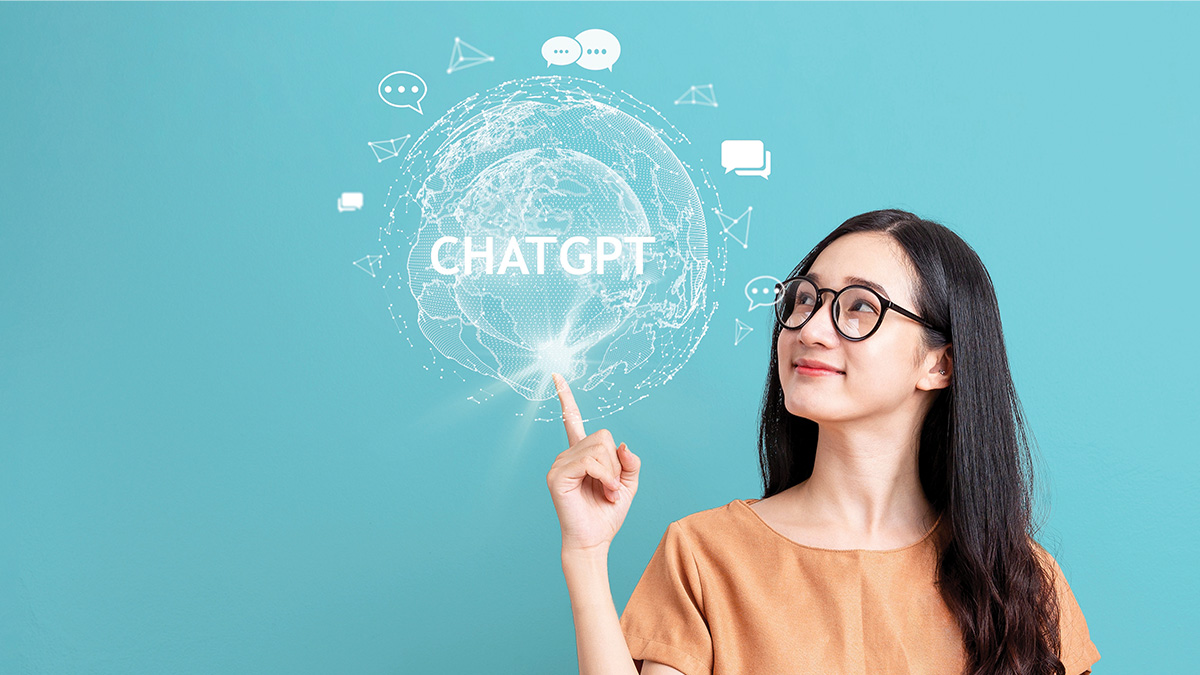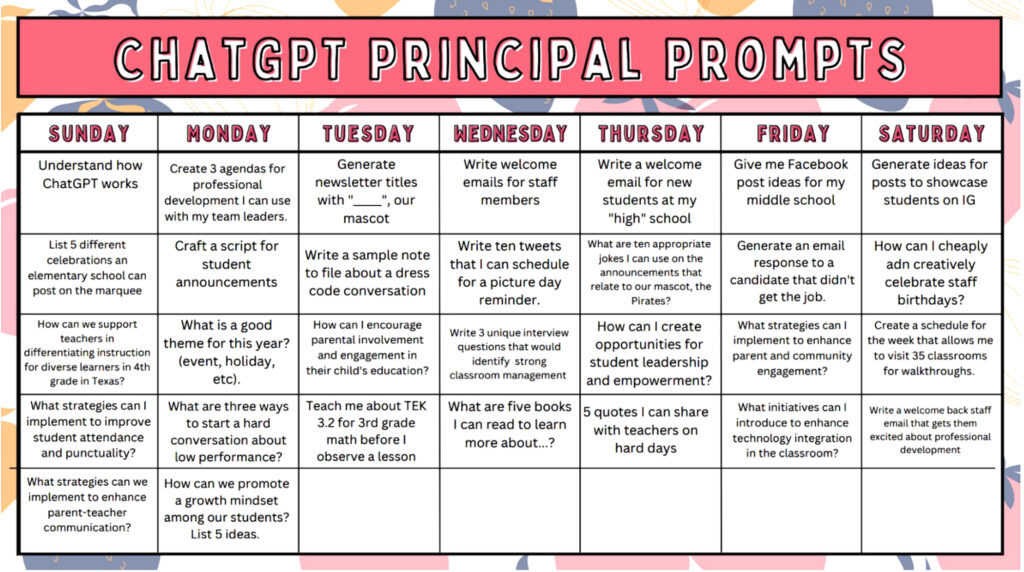
To ChatGPT or Not to ChatGPT, That Is the Question
How educators can harness the powerful new AI tool to make their jobs easier.
Topics: Innovation
The last big “controversial” piece of educational technology integrated into schools and classrooms was the handheld calculator in the 1970s. Educators worried that the new devices would have a negative impact on students. Would their math abilities be ruined if calculators did all of the computations for them? How could they learn from mistakes if the calculator was always there to give them the right answer? What if they became too reliant on this new tool?
Today’s controversial piece of educational technology is artificial intelligence, or AI. One of the AI-powered tools is called ChatGPT, and just as the calculator made many educators nervous when it was introduced, ChatGPT is inspiring similar questions: Will students’ writing be ruined if ChatGPT does all the work for them? How can they learn from their mistakes if ChatGPT is there to give them the right answer? What if students (and educators) become too reliant on this new tool?
Headlines about the dangers of AI—and in particular, ChatGPT—aren’t encouraging. But educational leaders should be familiar with the capabilities and limitations of ChatGPT to support its responsible use and create guidelines and policies to ensure its effective and ethical integration. It’s not going away, so the time is now to maximize its power for good.
A Messaging Model
Developed by OpenAI, ChatGPT is an AI language model that relies on machine learning techniques to generate humanlike responses based on patterns and information it has learned from training data. ChatGPT interacts primarily through text-based conversations. It analyzes message input and generates appropriate responses accordingly. It has a limited memory and processes conversations one at a time.
ChatGPT doesn’t have memory of previous interactions, so users must provide necessary context within a conversation. It avoids ethical conversations and isn’t able to discern between reliable and unreliable information. Depending on the query, it might provide incorrect, nonsensical, verbose, and biased responses.
Why would we embrace its use? Because as educators, we know that all resources have limitations, and we can leverage ChatGPT as an enhancement that supports our roles. Once school leaders learn how to use ChatGPT to do their jobs more efficiently, they can help other educators use tools such as ChatGPT in classrooms.

Here’s a list of nine ways ChatGPT can help school leaders do their jobs more effectively:
- Improve your decision-making. Prompt: “I am trying to decide if I should [insert decision]. Give me a list of pros and cons that will help me decide.”
- Improve your writing. [Paste written passage.] “Proofread my writing above. Fix grammar and spelling errors, and make suggestions to improve clarity.”
- Generate new ideas. “I want to [insert task or goal]. Generate suggested steps toward that outcome.”
- Get short, insight-packed book summaries. “Summarize [title] by [author], and give me a list of the most important learnings
and insights.” - Research topics to improve teaching and learning. “Identify and summarize articles from trusted sources over the past three years that deal with [topic]. Make the summaries 200 words or less each.”
- Get assistance in planning interviews. “I am interviewing candidates for [role]. Create an interview that tests for culture fit, growth mindset, learning ability, and adaptability. Also, create a technical assignment to test their ability, and add an answer key so I can evaluate and grade their answers.”
- Use it to help problem-solve. “Act as a career coach. I am experiencing difficulty [explain problem]. Give me a list of five solutions that might fix the problem.”
- Ask for assistance in creating a strategy. “I need some tips on developing an effective cybersecurity strategy that addresses the needs of my school. We have a budget of [amount].”
- Generate family communications. “Write a message to caregivers letting them know about a school open house event that is happening on [date]. Write it to be inviting, so that they will want to attend. Then, translate the message into [language].”
Once you start experimenting with ChatGPT and understand its limitations and potential, you might find that there are countless ways to incorporate AI tools into school leadership. Perhaps the greatest thing about AI is that it pushes us to up our game and discover good ways to channel this powerful new tool.
As education philosopher Paulo Freire once said, “Education does not change the world. Education changes people. People change the world.” Similarly, educational tools won’t change the world. But educational tools can change how educators and school leaders approach the world and help enable us to be agents of change.
Amber Teamann is executive director of technology and innovation for Crandall Independent School District in Crandall, Texas.
Liz Garden is principal of Henry P. Clough Elementary School in Mendon, Massachusetts.

